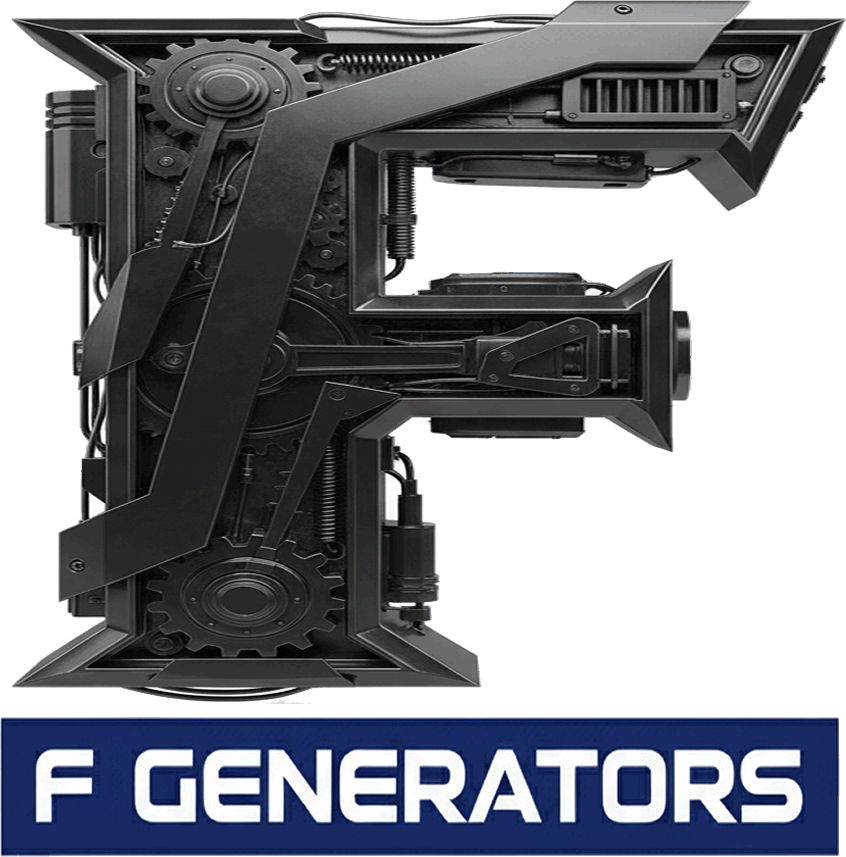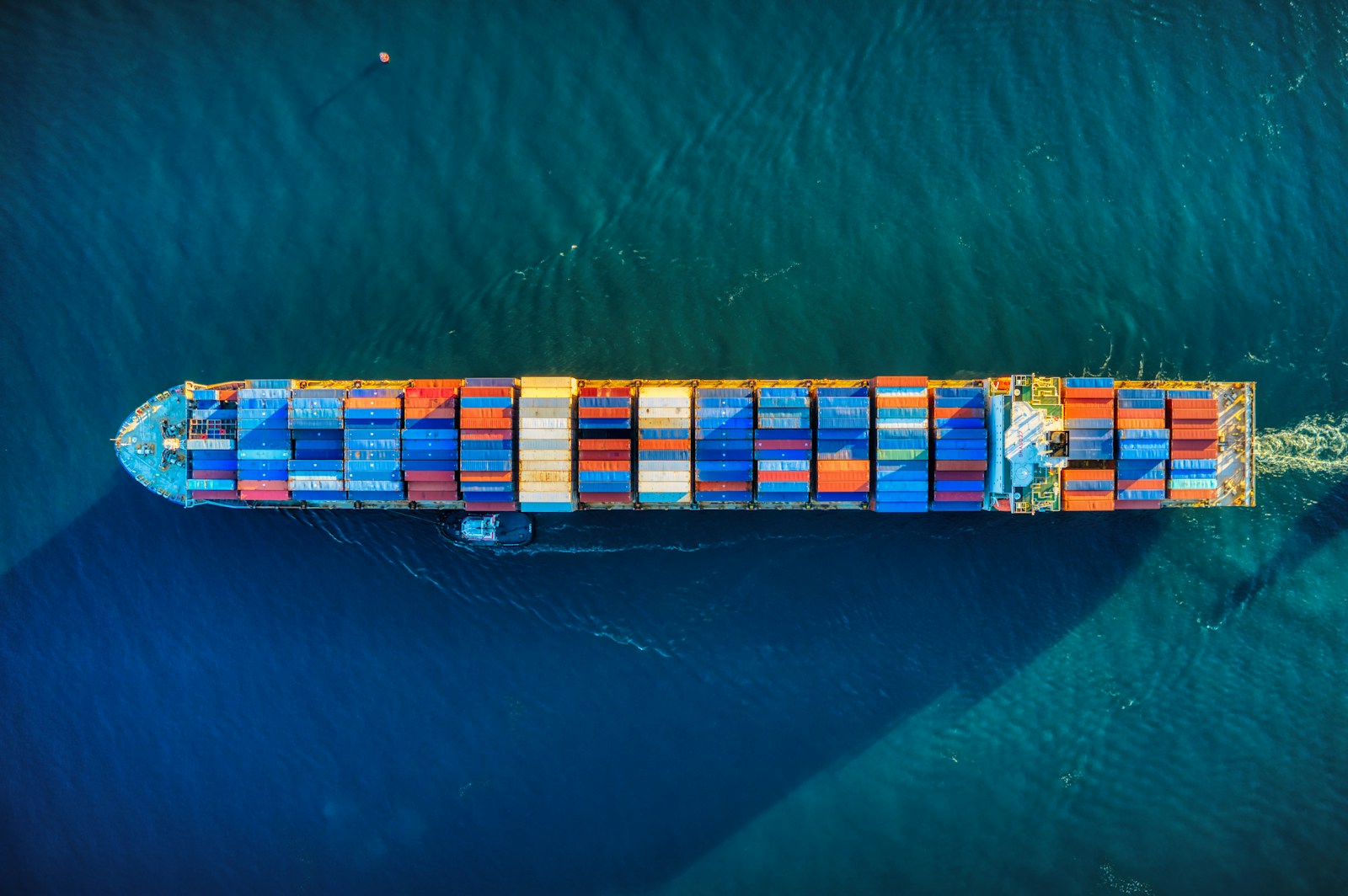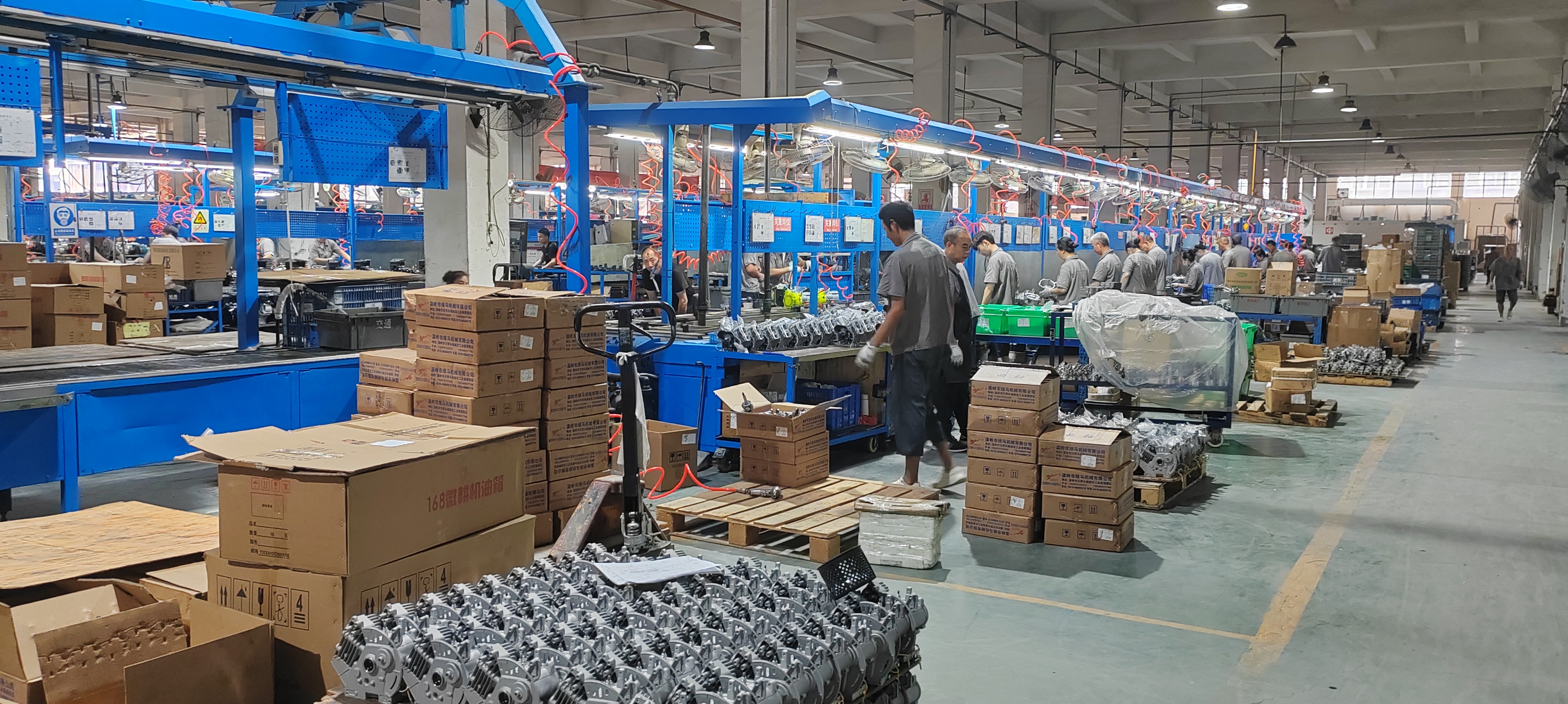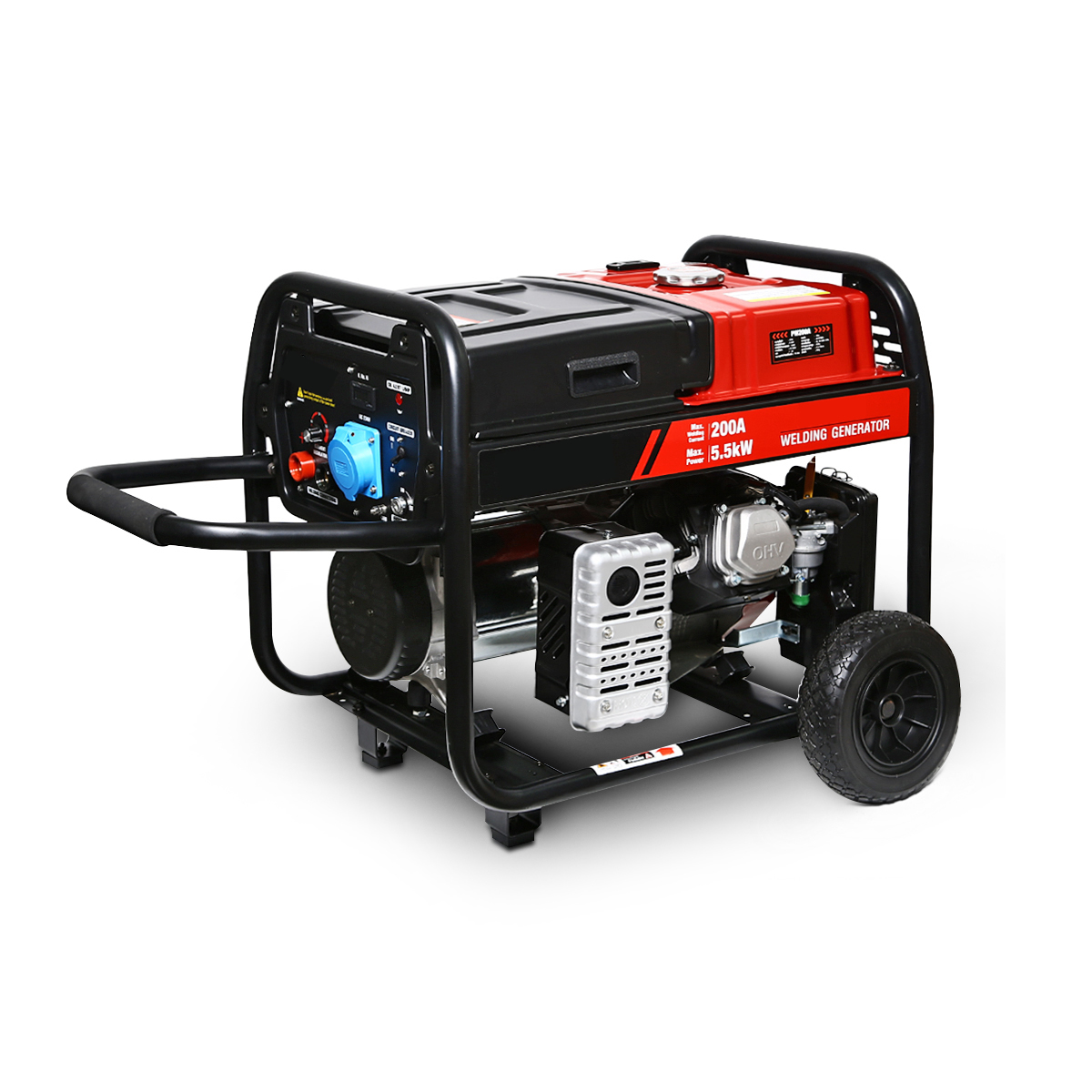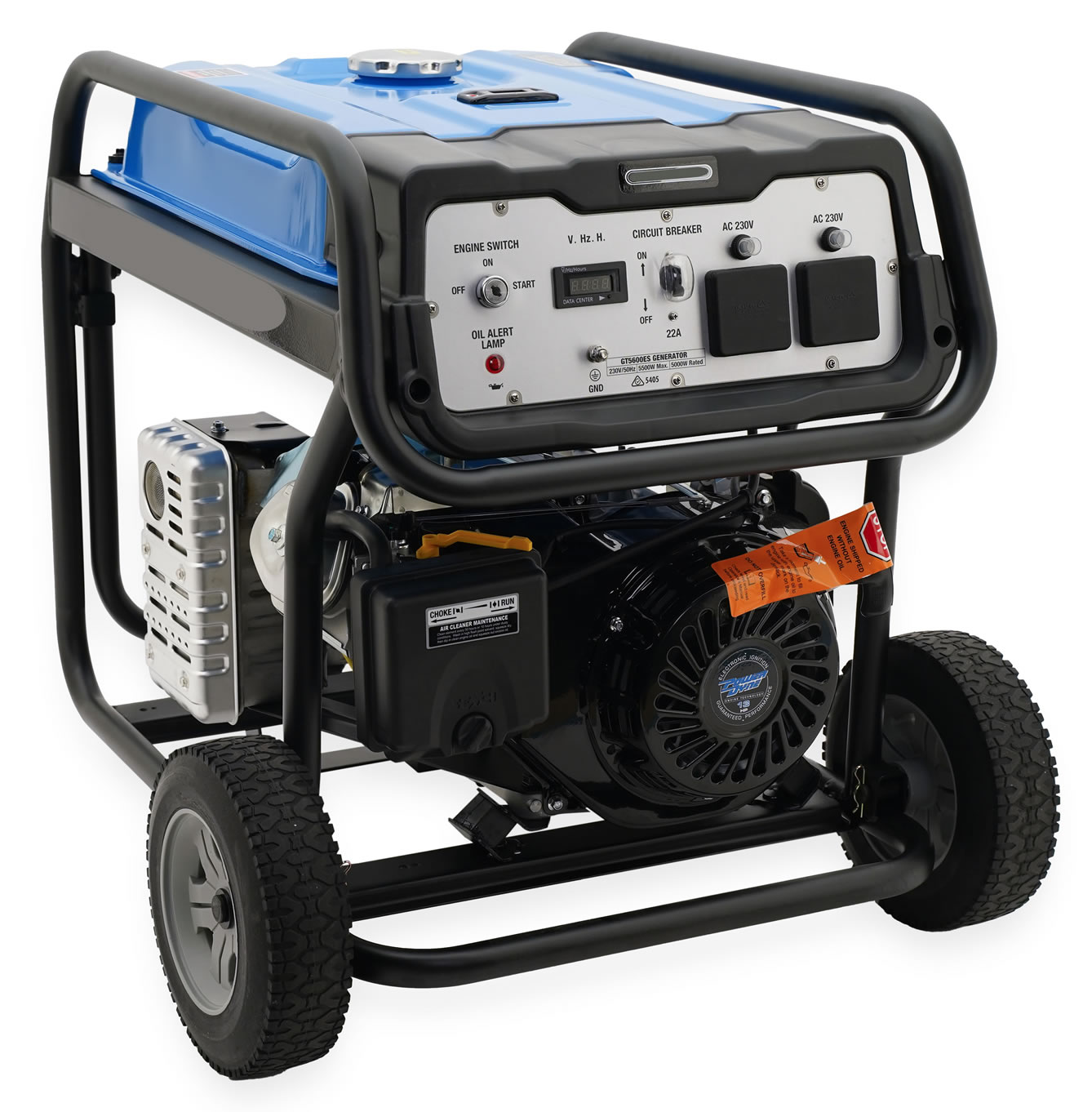The Generator Importer’s Dilemma: A Private Vault or a Shared Space? Cracking the FCL vs. LCL Code for Your Generator Shipping from China.
China Generator Container Loading 101: Full Container Load (FCL) vs. Less than Container Load (LCL)
The production run is finally complete. Your generators, gleaming with promise and stacked neatly on pallets, sit in a warehouse in ChongQing, China, waiting to begin their journey. You’ve conquered the sourcing process, you’ve mastered quality control, and the finish line feels so close. But now you face a decision that seems deceptively simple, a single choice on a shipping form, yet it will fundamentally dictate the cost, the speed, and the ultimate safety of your entire investment.
Will you book a private, sealed steel vault just for your goods (Full Container Load), or will you choose the seemingly economical option of sharing space with strangers in a consolidated container (Less than Container Load)? This isn’t just about logistics; it’s a strategic gamble where the stakes are your profit margins and your peace of mind. The answer to the FCL vs. LCL question will either save you a fortune or cost you everything in catastrophic delays, unforeseen damages, and a flood of hidden fees. Are you ready to learn how to make the right bet?
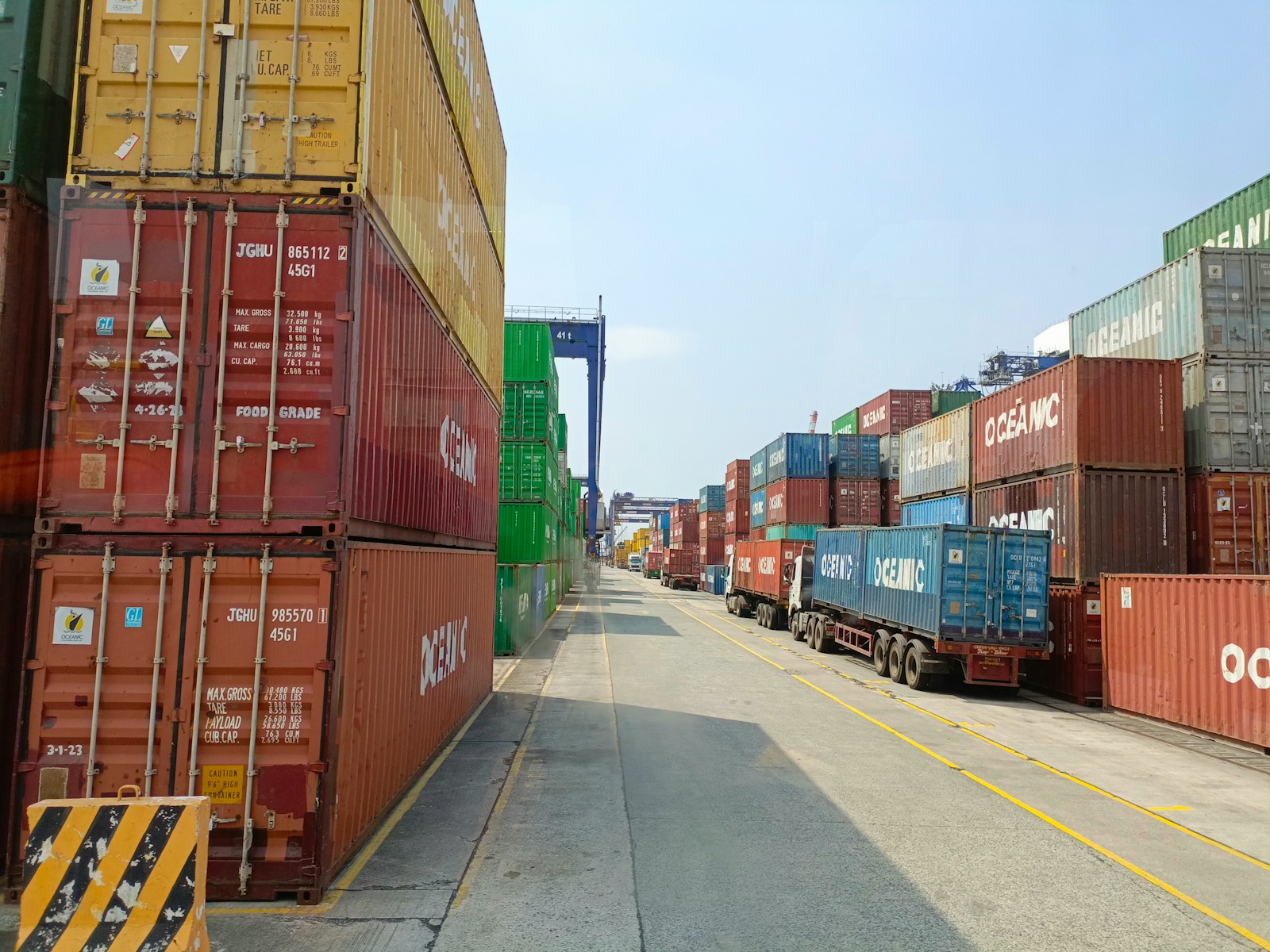
You’ve navigated the intricate dance of finding the perfect supplier. You’ve negotiated with the skill of a diplomat and ensured your product is built to impeccable standards. Now, as you stand on the precipice of bringing your investment home, you face the final, formidable challenge: the vast expanse of the ocean.
How your generators cross that ocean is not a footnote in your import story; it is a pivotal chapter. The choice between FCL and LCL shipping is one of the most critical financial and operational decisions you will make. This guide is your compass and your sextant, designed to help you navigate these treacherous waters with the confidence of a seasoned captain. We will dissect this dilemma, strip away the jargon, and empower you to make a decision that protects your cargo, your timeline, and your bottom line.
Before we can choose our path, however, we must first understand the two very different doors that stand before us. What exactly happens when you choose a ‘private vault’ for your precious cargo?
Chapter 1: The Fortress – Unpacking Full Container Load (FCL)
Full Container Load (FCL) shipping is exactly what it sounds like: you are booking an entire shipping container for your exclusive use. Think of it as hiring your own private moving truck. Whether you fill it to the brim or only halfway, the entire space—and the security that comes with it—is yours and yours alone. The container is loaded and sealed at your supplier’s factory, and that seal remains unbroken until you or your agent opens it at its final destination. That seal is a sacred bond, a promise of solitude and security.
The Unbreakable Math of FCL
FCL is booked at a flat rate. You pay one price for the entire container (typically a 20ft, 40ft, or 40ft High Cube). This immediately raises the question: when does it make financial sense? The answer lies in volume, measured in Cubic Meters (CBM).
While it varies with fluctuating shipping rates, the financial break-even point where FCL becomes cheaper than LCL is often around 13 to 15 CBM. If your shipment is that large or larger, FCL isn’t just a better option; it’s almost certainly the more affordable one.
To put this in perspective for those looking to import generators from China:
- A standard 20ft container has about 33 CBM of usable space. This can comfortably fit around 120-140 units of a popular portable inverter generator like the FFT Power 2200W, when properly packaged and loaded.
- A 40ft container boasts around 67 CBM of space, allowing you to load approximately 280-320 of the same units.
- A 40ft High Cube (HC) container gives you a bit more vertical space (around 76 CBM), perfect for stacking larger, crated diesel generators.
The Gospel of Speed
In the world of business, time is not just money; it’s momentum. FCL is, without question, the faster shipping method. The reason is simple: it eliminates the logistical bottlenecks that plague shared containers. Your container moves on a direct path: from your supplier’s factory, to the port, onto the vessel, and directly to you upon arrival. There is no waiting for other shipments to be collected, no time-consuming process of sorting and segregating cargo at a warehouse. It is a clean, direct, and efficient journey.
The Shield of Absolute Security
This is the most powerful emotional benefit of FCL. From the moment your supplier seals that container door, your goods are in a tamper-proof fortress. The risk of in-transit damage plummets because your generators aren’t being handled multiple times by warehouse staff. They aren’t being jostled against another company’s poorly packaged cargo. A shipment of rugged, steel-framed generators from a line like King Kong Power is already tough, but inside an FCL container, it’s virtually untouchable. There is no risk of contamination from leaks, no chance of theft during consolidation, and no possibility of being held up in customs because of another importer’s problematic paperwork.
FCL sounds like the perfect solution—a fortress of speed, security, and surprising economy at scale. But what if your order is smaller? What if you’re just testing the market or need a small, urgent restock? This leads us to the alluring and complex world of shared spaces, a solution that is both brilliant and, at times, perilous…
Chapter 2: The Bazaar – Navigating Less than Container Load (LCL)
Less than Container Load (LCL) is the rideshare of the shipping world. If your cargo doesn’t require a full container, you can book space in a shared container and pay only for the volume you use. Your shipment is picked up and taken to a consolidation warehouse (known as a Container Freight Station or CFS). There, it joins the cargo of several other importers to fill a single container. Once it arrives at the destination port, it’s taken to another CFS, where it is “deconsolidated” and sorted before you can collect it.
The Siren’s Call of LCL: The Allure of Flexibility
The primary benefit of LCL shipping is its undeniable appeal for smaller shipments. If you have an order that is only 2, 5, or even 10 CBM, booking and paying for an entire 33 CBM container feels like a tremendous waste. LCL provides an accessible entry point for new importers, allowing you to test new products, manage inventory with smaller, more frequent orders, and significantly reduce your upfront cash outlay on shipping. It offers a flexibility that FCL simply cannot match.
The Hidden Calculus of LCL Cost
While you pay for less space, the price you pay per cubic meter is significantly higher for LCL than for FCL. But the base freight rate is only the beginning of the story. The true shipping cost from China with LCL is notorious for its array of “hidden” fees that can shock inexperienced importers. These can include:
- Consolidation Fees: Charges for the labor and facilities used to combine your goods with others.
- Warehouse Handling Fees: Both at the origin and destination ports.
- Documentation Fees: Often higher for LCL due to the need to manage multiple shipments in one container.
- Destination & Delivery Order Charges: Fees at the destination port to deconsolidate and release your specific shipment.
An LCL quote that looks cheap upfront can easily swell by 50-100% or more by the time you collect your goods if you haven’t accounted for these destination charges.
The Price of Patience: The LCL Timeline
LCL is inherently slower than FCL. The delays are baked into the process. Your freight forwarder can’t dispatch the container until it’s full, so your cargo might sit in a warehouse for a week or more waiting for other shipments. The process of loading, unloading, sorting, and segregating at both ends of the journey adds days, sometimes weeks, to the total transit time. If your supply chain runs on a tight schedule, LCL can be a source of constant stress and uncertainty.
The Dance of Danger: Sharing Space, Sharing Risk
This is the greatest and most unpredictable drawback of LCL. Your perfectly packaged generators are at the mercy of every other shipment in that container. Imagine your goods, packed with care, being loaded next to a pallet of leaky industrial chemicals or underneath a poorly secured crate of heavy auto parts. The risk of damage from crushing, contamination, or shifting cargo is exponentially higher.
Furthermore, you share the regulatory risk. If another importer in your container has incorrect paperwork or is shipping prohibited items, the entire container can be flagged for a customs inspection. This can lead to weeks of delays and inspection fees that are passed on to every importer whose goods are in that container, even if your shipment is perfectly compliant.
So, we have two clear but conflicting paths: the expensive-but-impenetrable security of FCL and the affordable-but-unpredictable risk of LCL. The choice seems impossible. But the decision becomes crystal clear when you stop guessing and start asking the right strategic questions…
Chapter 3: The Moment of Truth – Your FCL vs. LCL Decision Matrix
The choice between FCL and LCL isn’t emotional; it’s mathematical and strategic. By answering these four questions honestly, you will find the single right answer for your specific shipment.
Question 1: What is the Volume Verdict? This is the first and most important question. Calculate the total cubic meters (CBM) of your shipment.
- Under 2 CBM: LCL is your only logical choice. The cost of FCL would be prohibitive.
- Between 2 and 13 CBM: This is the gray area. You MUST get a full, all-inclusive quote for both options. Don’t be surprised if FCL is more competitive than you think, especially as you approach 10-13 CBM.
- Over 13 CBM: FCL is almost certainly your most cost-effective option. The flat rate of your “private vault” will be cheaper than paying the high per-CBM rate of LCL for this much volume.
Question 2: What is Your Time Horizon? How urgently do you need your generators?
- Critical Need: If you are restocking for a peak sales season or fulfilling a large, time-sensitive order, the speed and predictability of FCL are invaluable. The potential delays of LCL are too great a risk.
- Flexible Timeline: If this is a stock order for further down the line and a few weeks of delay won’t disrupt your business, the cost savings of LCL might be worth the wait.
Question 3: What is Your Risk Tolerance? How durable is your product, and how much can you afford to lose?
- High-Value or Fragile Goods: While generators are generally robust, models with sensitive electronic panels or custom paint jobs are more susceptible to damage. The minimal handling and enhanced security of FCL make it the wiser choice to protect your investment.
- Rugged and Replaceable: If you’re shipping tough-as-nails, steel-framed generators and your insurance is solid, you might be more comfortable with the slightly higher risk of damage in an LCL shipment.
Question 4: What is the True Financial Reality? You cannot make an informed choice without a complete picture of the costs.
- Demand an “all-in” or “door-to-door” quote for both options from your freight forwarder. Insist that it includes all origin handling fees AND all destination handling fees. Only by comparing the final landed cost can you see the true financial winner.
You’ve analyzed the options and asked the hard questions. The path is now clear. But your work isn’t over. How you prepare your cargo for its chosen journey can be the difference between a smooth arrival and a claim form for a box of broken parts…
Chapter 4: The Art of the Load – Preparing for the Perils of the Sea
Your choice of FCL or LCL directly impacts how your supplier must package your generators. Proper preparation is your first and best line of defense against the rigors of ocean transit.
The LCL Armor: The Necessity of Crating For LCL shipping, standard cardboard export cartons are not enough. It is an invitation for disaster. Your goods will be moved by forklift multiple times, stored in warehouses, and stacked alongside all manner of other cargo. You must insist that your supplier builds sturdy, custom wooden crates for your generators. A crate provides a rigid shell that protects against crushing, punctures, and impacts. It is the single most important investment you can make to ensure your LCL shipment arrives intact.
The FCL Science: The Art of the Load With FCL shipping, your focus shifts to the science of proper container loading. A 40-foot journey on a container ship can be a violent ride, with constant vibration and movement. A poorly loaded container is a recipe for damaged goods.
- Weight Distribution: The weight must be distributed evenly throughout the container, not all loaded at one end.
- Bracing and Strapping: There should be no empty space for pallets to slide around. A professional factory will use wood bracing, dunnage (inflatable bags), and heavy-duty straps to lock the cargo in place, ensuring it moves as one solid block with the container itself.
A professional generator manufacturer in China like FFT Power or King Kong Power understands the brutal realities of sea travel and will have robust, export-ready packaging and expert container loading protocols as a standard part of their service. It is a hallmark of a supplier who respects your investment.
Conclusion: The Final Mile – Mastery Beyond the Container
Your generators have crossed the ocean, prepared and routed with the precision of a master strategist. Your choice of FCL or LCL has defined their journey, and it will define their arrival. An FCL container will arrive as a sealed unit, ready for direct transport to your warehouse. An LCL shipment will await you at a CFS, a final logistical step in a more complex journey.
You are no longer just an importer, guessing at options on a form. You are a logistics architect. The FCL vs. LCL dilemma is no longer a gamble, but a calculated, strategic decision you now have the knowledge and mastery to make. By understanding the intricate dance of cost, speed, and security, you have transformed one of the greatest risks in importing into one of your greatest strengths, ensuring your bridge to the world of global manufacturing is not just built, but fortified for every journey to come.
